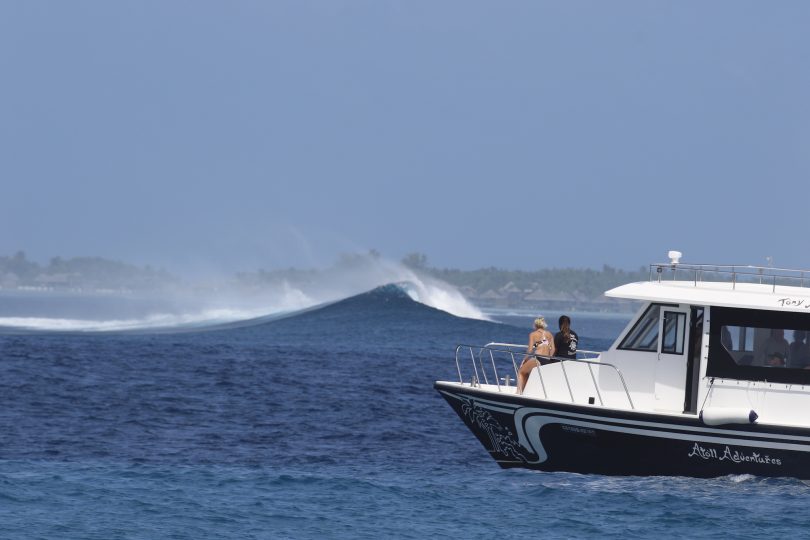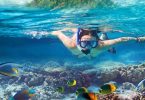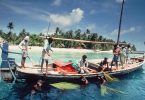Back in the late 1970s, Tony Hussein, an Aussie nomad in search of undiscovered surf, was shipwrecked on a reef 30 miles from the Maldivian capital of Male. After a few months stranded, Hussein built his own dhoni, sailing it through the atolls, until he stumbled upon a perfect A-frame breaking off the tiny island of Thanburudhoo. Satisfied, it was then that Hussein said to himself, “my road stops here.”
Since Hussein’s discovery, stories about the Maldives’ untapped surf potential have permeated. And, for those seeking a tropical surf trip in the times of COVID-19, the Maldives is one of the only available options. Fiji? Not easy unless you’re a citizen. Indo? Quite a few hoops and a pricey visa to navigate. The Maldives, however, are open to visitors coming from the US with just a negative PCR test 72 hours prior to departure. And what’s more, leading into the prime surf season (April-October), the crowds are slimmer than ever.
To hear more about how to get there, what to expect, and where to stay, we spoke to WaterWays travel experts Mike Tan and Sean Murphy, a surfer who recently spent a month there, and Surfline’s forecast team.
Photo: Dara Ahmed
Getting there
Despite the distance, which is considerably far for US travelers, the Maldives has some of the fewest hurdles to overcome to get there. The only requirement is a negative COVID-19 test. Things are a little more complicated for visitors coming from Australia or certain countries in Europe, but if you’re coming from the states, it’s one of the easier tropical surf destinations on the table right now. Just get ready for a long haul on the plane.
“It’s really one of the only places that’s open,” said Mike Tan, “without jumping through so many hoops to get there. One of the only things you need to do to get there is a COVID-19 test 72 hours before you get there. That’s considerably a lot less of a hassle than, say, Indo with getting that special visa and the exorbitant amount of money.”
“For all those people who go to Tavarua or the nice surf resorts in Indo or other places like that every year, and they’re looking for that kind of experience, there’s really no other option right now,” said Sean Murphy. “The Maldives is really the only place. And in the Maldives, Cinnamon Dhonveli is one of the best options for quality surf, convenience, and consistency.”
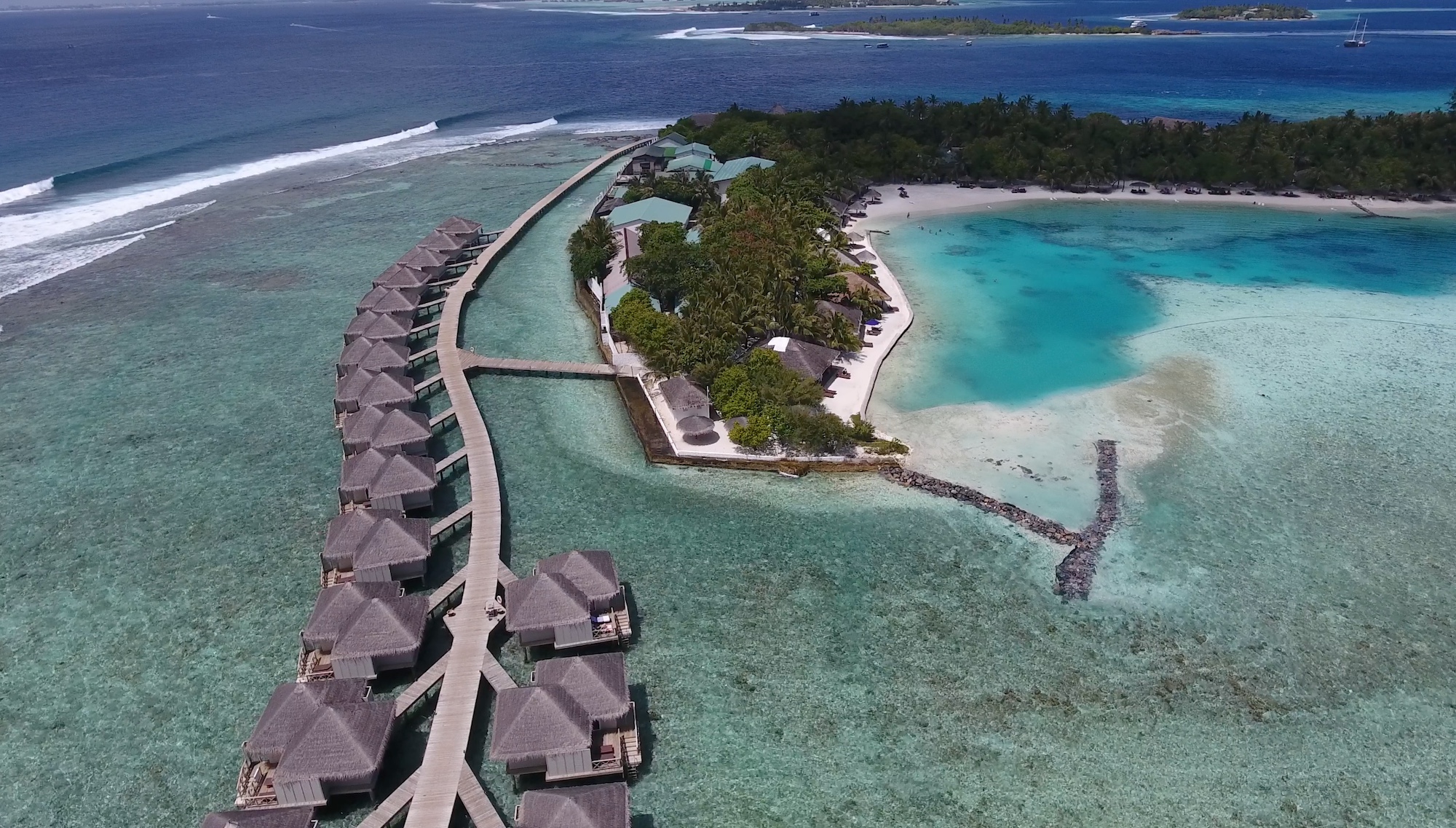
Photo: Dara Ahmed
Surf season
For a full breakdown, here’s Surfline’s Jonathan Warren:
“Comprised of about 1,200 islands extending southward through the north-central Indian Ocean, there’s pretty much always somewhere in the Maldives offering quality surf on any given day of the year. However, there are a couple of big climatology aspects with swell and wind to consider when planning a trip to maximize your chances of scoring.
“These islands receive swell year-round but expect May through September to be the most active months for more frequent and stronger pulses – the greatest chance for seeing some well overhead surf. This is due to winter storm activity in the South Indian Ocean being at its most vigorous state during that time of year. As the number and strength of these storms diminish in the Southern Hemisphere’s summer, the chances for a solid swell will dwindle as well, especially from December through February. However, you still have about a 50% chance for something in the ‘fun-zone’ (up to the chest to head-high or so), but you may need to search a bit through the islands further south. Keep in mind that it’s not all about the winter storms in the mid-latitudes. On a more regular basis, short to mid-period SE-SSE swells that spawn from high pressure near Australia are some of the best producers for surf in the region.
“The other big factor to take into account is the seasonal, monsoonal winds. From around May through November (the wet season) the prevailing winds are westerly, often blowing from a more favourable northwesterly direction — at least for the majority of popular spots on the eastern side of the North Malé Atoll. Then from around the middle of December through February (the dry season), the prevailing winds switch in an opposite, easterly direction – which is onshore for most spots of North Malé. During the months between these two seasons – March/April and November – there will often be light wind and glassy conditions. In fact, overall, some of the best surf of the year will be during the shoulder seasons.”
TL;DR: The Maldives has waves year-round, but May-September is your best bet.

Photo: Dara Ahmed
Waves you’ll surf
“We often refer to the waves in the Maldives as ‘Indonesia lite,’” said Murphy “It’s a lot like the surf you get in Indo, but generally smaller. It’s really clean, crystal clear reef breaks. The waves are generally not very thick. You should be expecting surf from waist-to-chest on the smaller size, to 10-foot faces with the occasional double-overhead swell.”
And there’s a handful of waves to choose from – the barreling righthander at Sultans, the rippable left pointbreaks at Lohi’s and Pasta Point, and many more just a short boat ride away.
“There’s a bit of every type of wave – from rippable to barreling,” continued Murphy. “A lot of the waves offer both with super rippable walls and barreling sections. But the barrels aren’t slabby, gnarly barrels. It caters to a wide variety of surfers, so long as the expert surfer isn’t expecting Pipeline barrels. For instance, Gabriel Medina was just down there and he was ripping it to pieces.”

Photo: Dara Ahmed
Crowds
Of course, crowds everywhere have looked a little different during COVID. While your local spot may be seeing shoulder-to-shoulder crowds – everyone working from home = more time to surf – most international destinations, which primarily see foreign surfers in the lineup, have been almost empty. And if you’re staying at Cinnamon Dhonveli, you have first dibs at Pasta Point.
“They have exclusivity and limited numbers, so it’s seldom ever crowded,” said Murphy about Pasta. “It’s 30 maximum. But because you can surf at any time of day, and there’s a bunch of other spots you can go to, in all my time surfing Pasta, I don’t think I’ve surfed it with more than eight guys in the water. The wave comfortably holds a dozen people when it’s working.”
Kurt Arnold, a Huntington Beach-based surfer who was there in October, had it practically to himself:
“Normally they allow 30 surfers [at Pasta]. There were only nine others on the island. Normally there are 300 people on that island. There was basically no crowd. Half the guys in the morning would take the boats to other spots. It was day after day of surfing by myself. I’m a goofy footer so I just stayed by myself and surfed my brains out.”
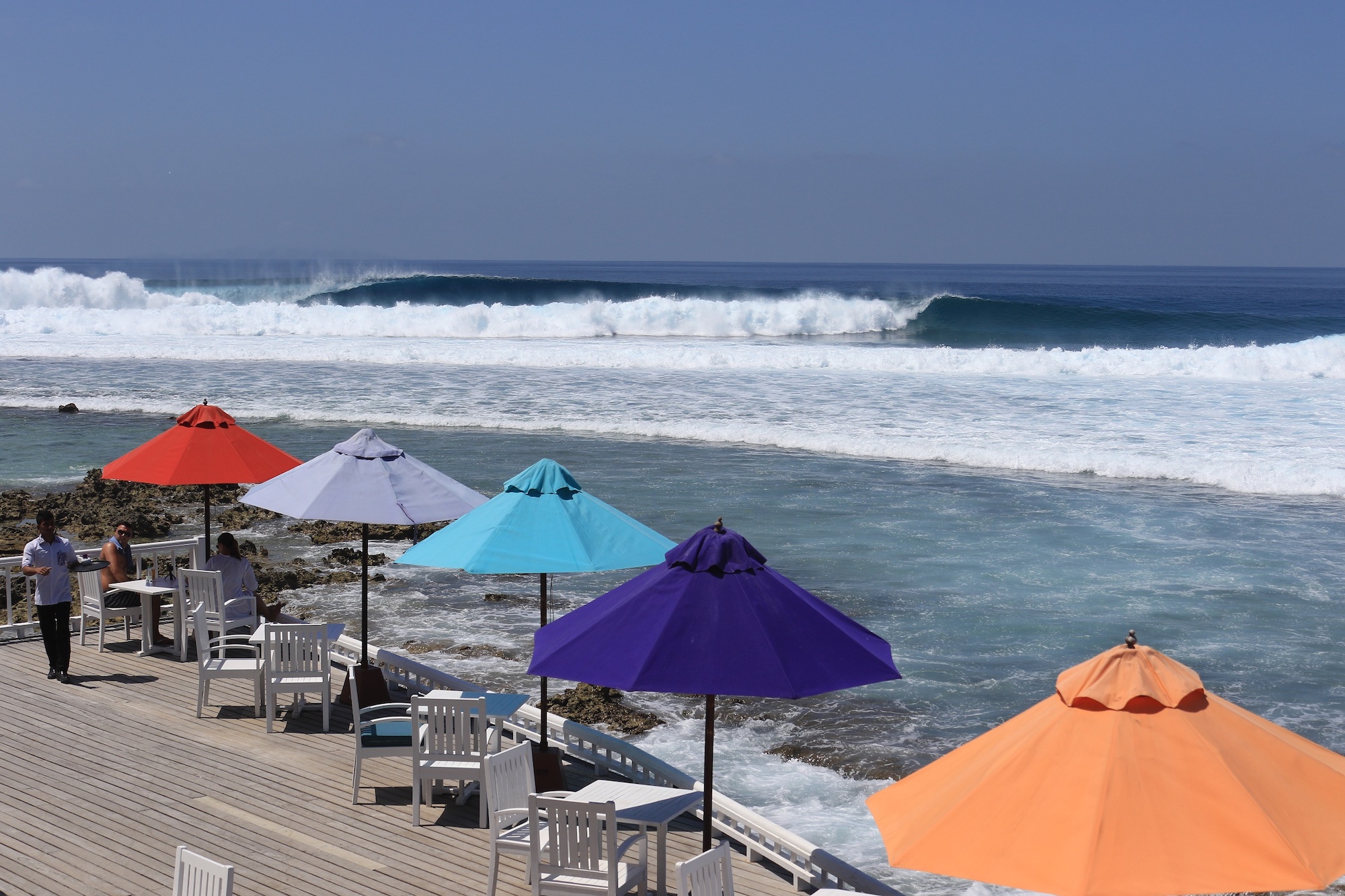
Photo: Dara Ahmed
Safety precautions
Travel in general right now is a little sketchy. In fact, it’s not recommended whatsoever during a pandemic. But if you are going to get out of town, rest easy knowing the staff at Cinnamon Dhonveli is taking all the precautions.
“The island staff is wonderful,” said Arnold. “For those that are worried about it being safe, they keep it really clean and sanitized. They all wear masks and gloves, they disinfect your bags. They’ve really stepped it up.”
And once you’re on the island, there’s minimal contact with the outside world.
“One interesting thing with the Maldives is that the resort islands don’t have any villages or domestic population on them,” said Murphy. “It’s just staff and guests. The staff are being very well tested, and they’re not being allowed to go back and forth to Male to their villages.”
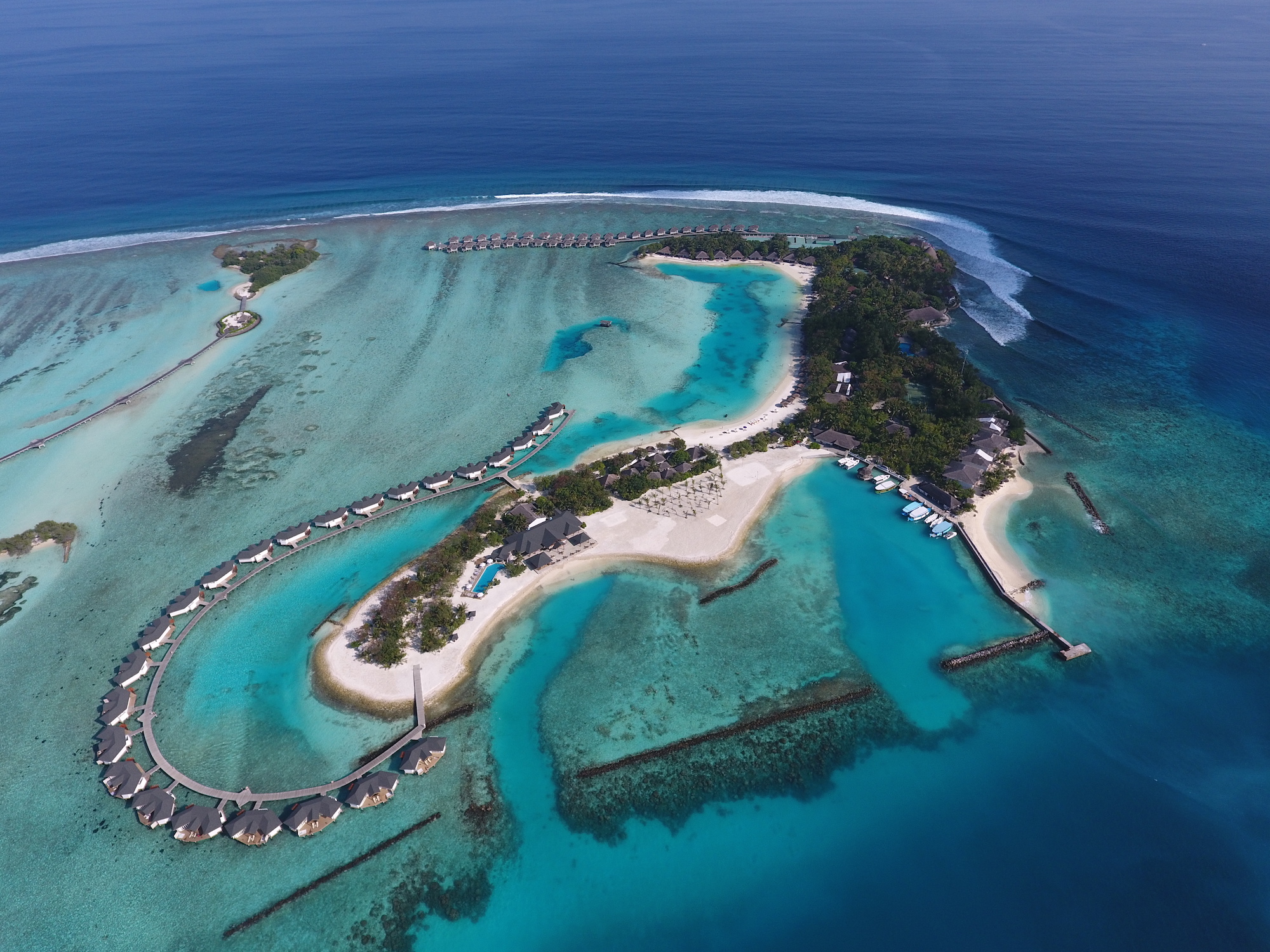
Aerial view of Cinnamon Dhonveli. Photo: Dara Ahmed
Accommodations
Besides the world-class waves, what can you expect on the island? Let’s just say the accommodations at Cinnamon Dhonveli are good-to-epic.
“They redid the sunset bar and the design is awesome,” said Arnold. “It’s this really cool art deco style, sorta like the Empire State Building design. They also have redone every garden bungalow and ocean bungalow. It’s all top of the line – brand new air conditioner, new mattresses, really nice sheets and towels. I’d call it five stars.”
And when it comes to surf trips, location is key.
“You can see Pasta Point right from the hotel,” said Murphy. “Then they have a boat to Sultans at first light. Generally, they’ll get 30 to 45 minutes of Sultans being really uncrowded before other boats start showing up. Sultans is maybe 1,000 yards away; it’s super close. And on the other side of Sultans is a lefthander that breaks off the same reef. With all those waves in such close distance, it’s one of the most accessible surf destinations in the world.”
Full details are available at the link below:
Source URL: Google News

